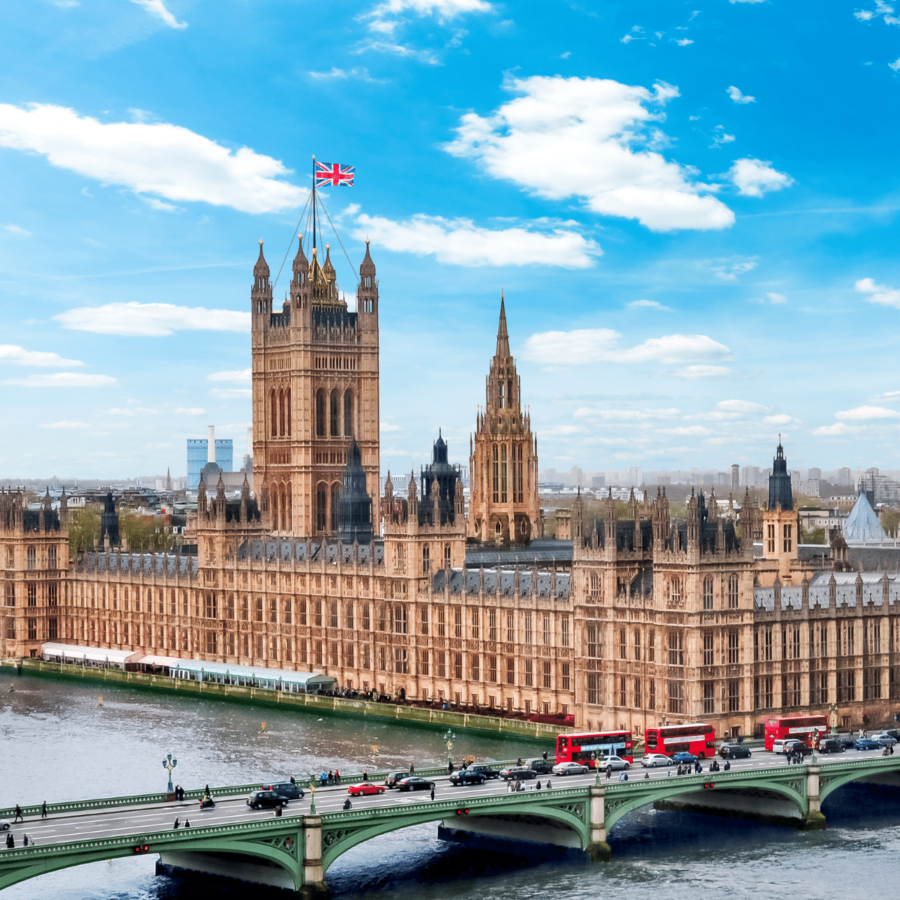Monetary and Fiscal Co-ordination Part II: A Letter to the Treasury Select Committee
This letter, sent to the Treasury Select Committee, outlines some of our concerns surrounding the uncertainty that has arisen in light of the announcements within the mini-budget of 23 September, and the events immediately preceding it, which have highlighted problems at the heart of our economic policy making.
 Pub. Date
Pub. Date
 Pub. Type
Pub. Type

I am following up to my letter to you dated 25th March 2021 in which I outlined my concerns for the end game of the huge monetary and fiscal interventions we had during Covid. I was concerned that unless they were better managed, we would face severe issues in the financial markets.
The events of the past week have further highlighted problems at the heart of our economic policy making. And if I may, I would like to draw your attention to two specific issues. One of process, scrutiny and institutional independence and secondly the tension that lies at the heart of policy, which to me is reminiscent of those events we regularly saw in the era prior to central bank independence, which may be taking us back to “boom and bust”.
As you know it is regrettable that last Friday’s fiscal event was not accompanied by an economic forecast by the independent OBR, which was established in 2010 with the specific purpose of guiding the government, the public and the financial markets on the implications of planned policies for fiscal sustainability. The subsequent turmoil in the financial markets, which on Friday alone led to a fall in the sterling-dollar exchange rate by some 2%, equities by a similar amount and bond yields at 2 and 10 years jumping by over 40Bp and nearly 30bp, respectively, was not only a function of the policy announcements but also resulted from questioning the sense of a clear departure from the modern practices of accountability and transparency in policy making.
The uncertainty so created, against a backdrop of undermining officials at HM Treasury and the Bank of England, acted to exacerbate concerns about the path of fiscal policy. Economic forecasts are critical at fiscal events. Ostensibly, the forecasts are a way of assessing whether the government will meet its self-imposed target for a fall in debt to GDP over the course of the Parliament. But they also offer a way of assessing the impact of policies on activity and inflation in the medium term. And allow us to assess alternate 2 policies and decide which is the best, or the least bad. We might of, for example, had a clearer understanding of what the announced policies might mean for the supply side. I am pleased to note that the next fiscal event on 23 November will be accompanied by an OBR forecast: this should always be the case. But that does not mean we should still not ask why we have been put through this needless period of financial volatility at a time of great national stress.
There is though an even deeper problem at the heart of our policy making framework as there is a tension between the objectives of the Chancellor and the Bank of England. As you will know such tensions within the monetary and fiscal authorities never auger will. Earlier this month the Chancellor announced a 2.5% target for economic growth, which although is broadly in line with the post-war experience up to 2007 or so, is far above the current estimates of potential growth by the Bank of England, OBR and National Institute, which are in the range of 1.5-1.7%. While achieving higher growth by pulling up performance in the regions in laudable, there is I am afraid no quick fix. The supply side will need nurturing with public investment laying the foundation for a robust private sector. It seems very unlikely that any supply side reforms will be able to produce a rapid improvement in the productivity performance. This is neither a period like the golden age of post-WWII reconstruction nor one in which the deregulation of the 1980s will provoke any rapid catch-up.
The danger then is that fiscal policy engineers a demand boost. Last week’s fiscal event increased the government deficit by around £150 billion (roughly 5 per cent of GDP), leading to public sector debt rising to some 92 per cent of GDP in 2024-25 rather than falling to 87-88 per cent of GDP. This will probably lead to a temporary increase in economic growth but one that the Bank of England’s MPC will judge is beyond the supply potential of the economy. Bank rate will therefore have to go higher than it would otherwise have done. And this will imply a deeper and longer downturn than was necessary to bring inflation back to levels consistent with price stability. The tension between conflicting objectives is returning the economy to one of probable boom and bust. And it is that extra volatility from which the financial markets are taking fright.
The period of accord between monetary and fiscal policy was signed off with the announcement of central bank independence on 6 May 1997. That day bond prices shot up and forward yields fell by some 50bp. The agreement gave subsequent monetary and fiscal policy makers space and time. I am concerned that we may have just witnessed the reverse.



















